Is there a way to fill the date gap where no ReviewType occurred with a date place holder and 0 occurrences?
SELECT
dateCompleted,
Count(CASE ReviewType WHEN 1 THEN ReviewType END) AS NonPeak,
Count(CASE ReviewType WHEN 2 THEN ReviewType END) AS AM,
Count(CASE ReviewType WHEN 3 THEN ReviewType END) AS PM
FROM ALAN.dbo.qryPeakReviews
WHERE ElementID Like '%SI%'
AND dateCompleted >= DATEADD(day, -Convert(Int, '900'), getdate())
GROUP BY dateCompleted
required output (with generated rows) is
dateCompleted NonPeak AM PM
6/5/2018 1 0 0
-- added
6/6/2018 0 0 0
6/7/2018 0 0 0
6/8/2018 0 0 0
6/9/2018 0 0 0
6/10/2018 0 0 0
-- generated
6/21/2018 2 0 0
8/27/2018 0 0 1
8/28/2018 0 1 0
